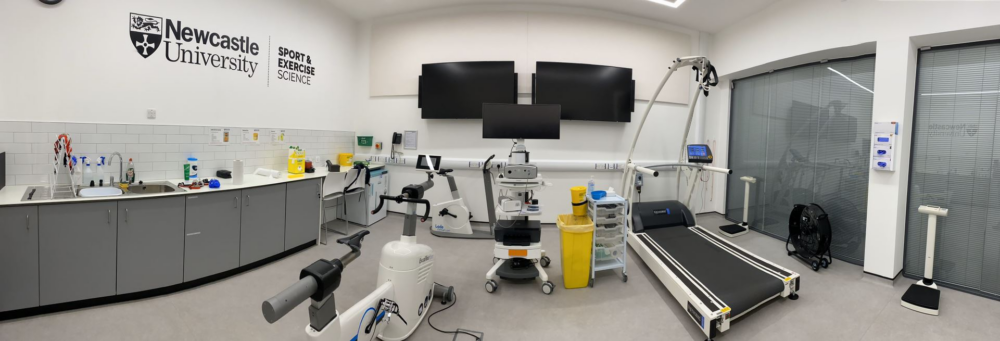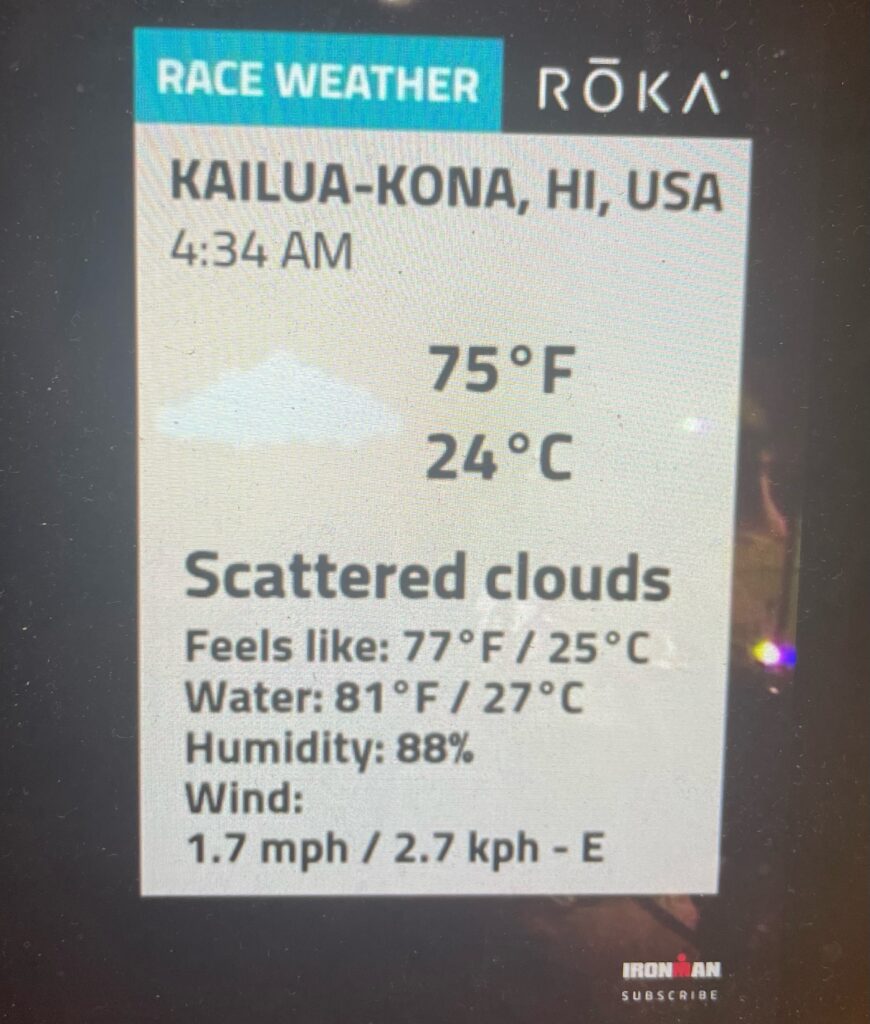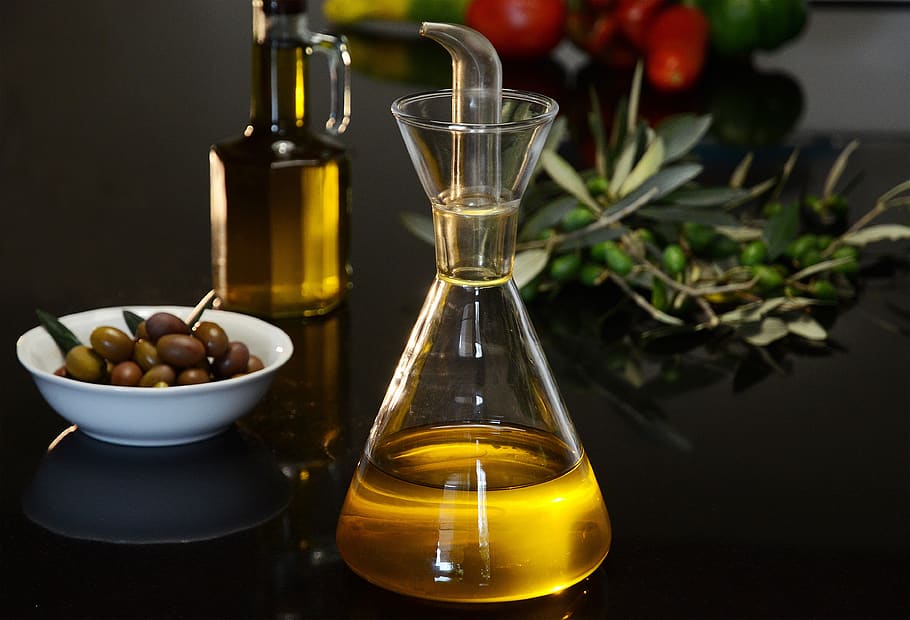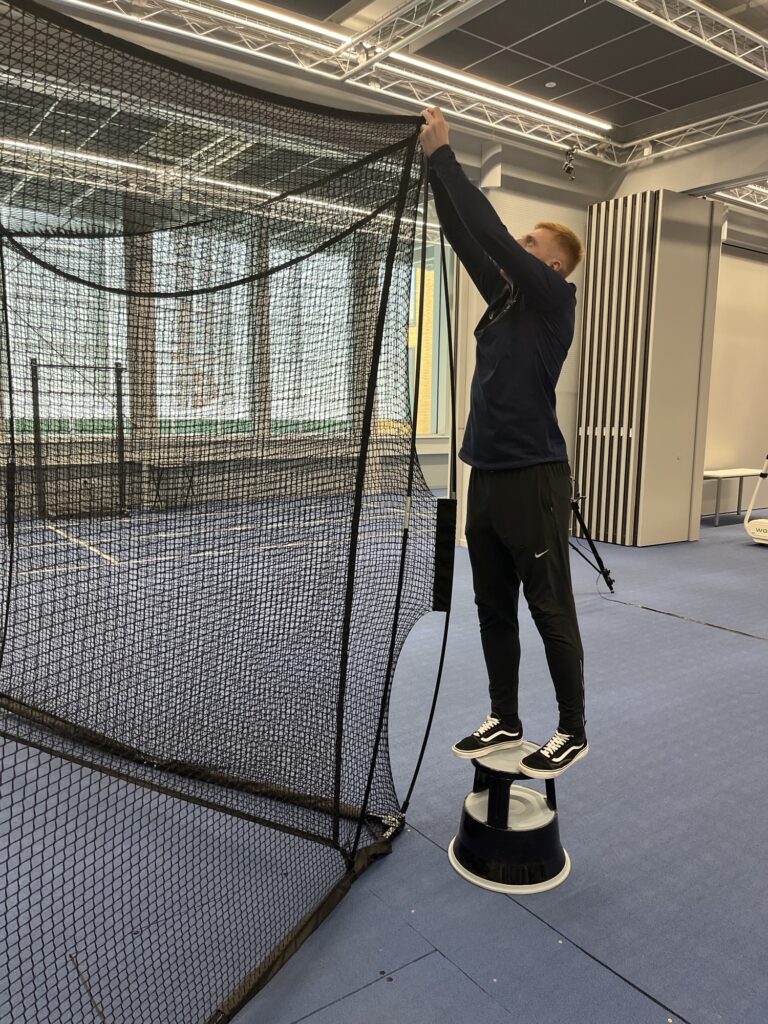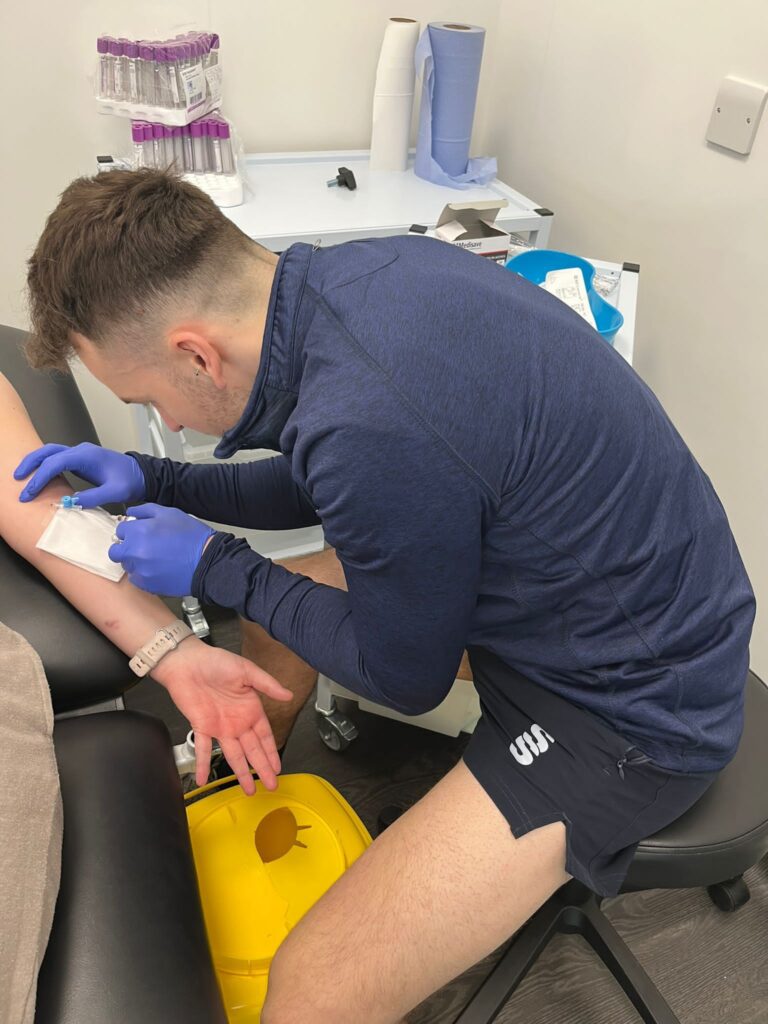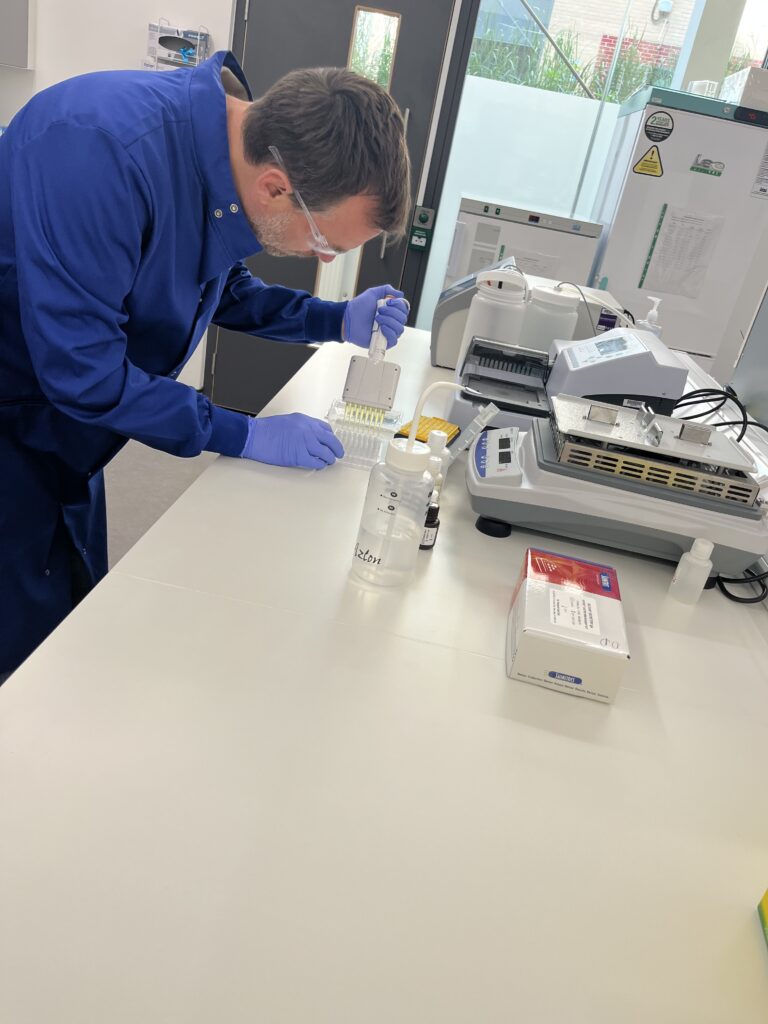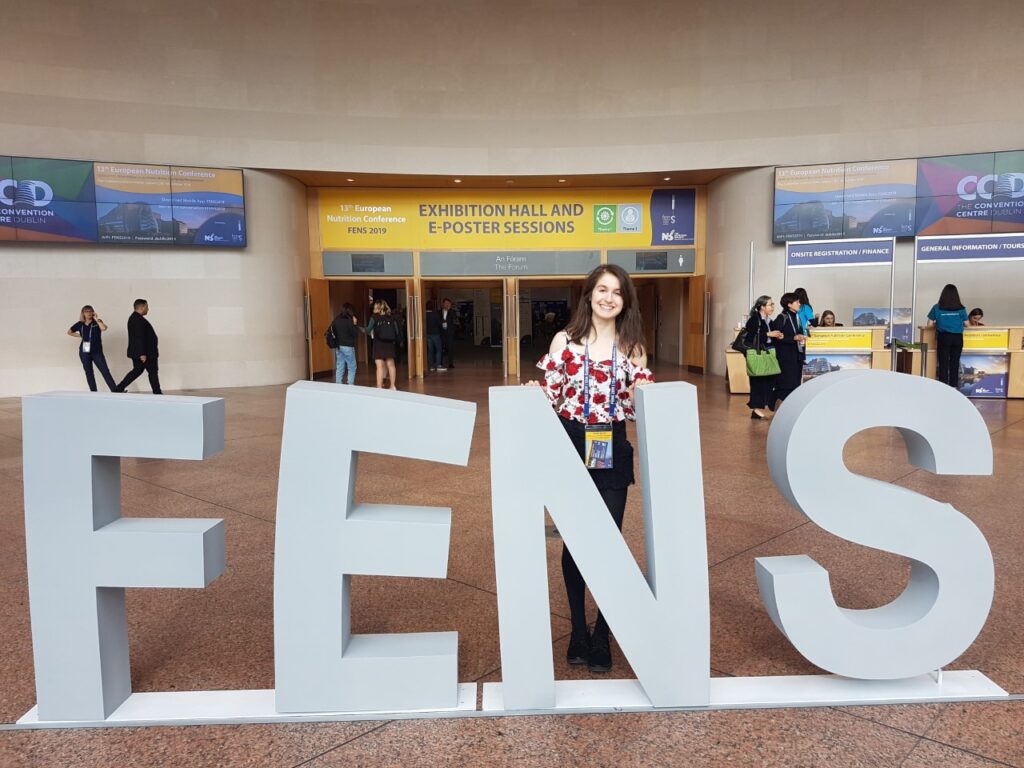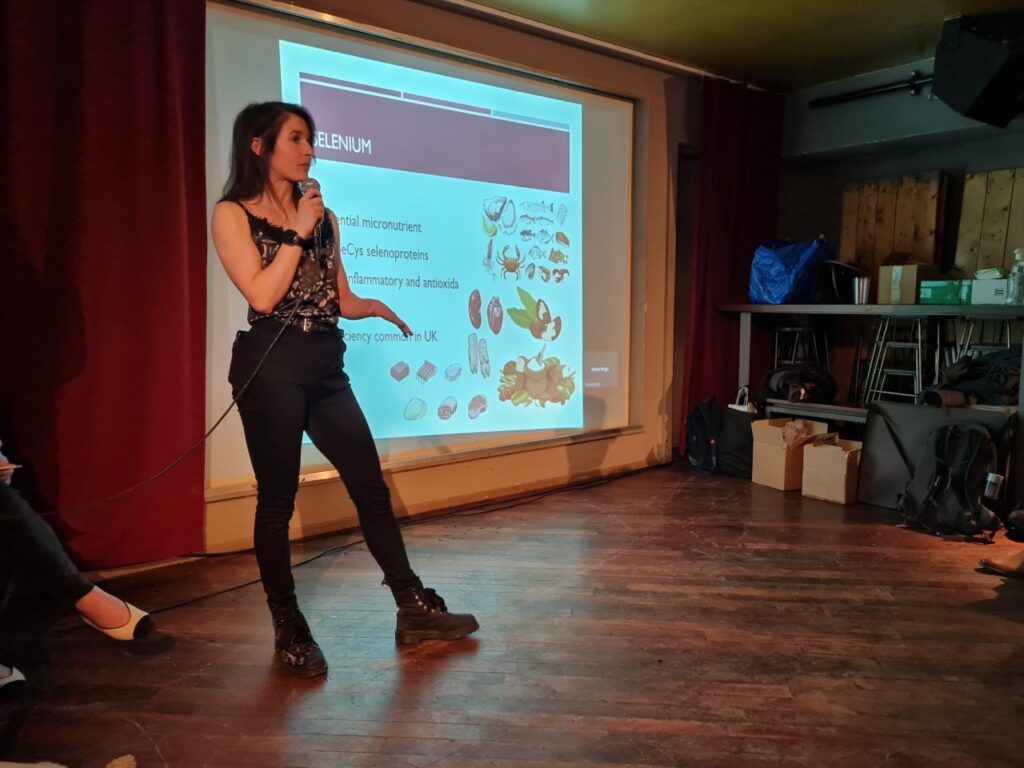By Dr. Wouter Peeters
Whether you are a weekend-warrior going out for a ride with your friends or are an elite cyclist, there is usually an element of competition in road cycling. For the weekend-warrior, this could be winning the sprint for the coffee stop or the town sign, for an elite cyclist it means putting in a final effort after having already cycled for several hours. To understand what makes you be able to beat the competition, you first need to understand the physiology behind it. Historically, determinants of endurance performance have been based on three pillars: your maximal oxygen uptake capacity (VO2max), the ability to sustain high exercise intensities without rapidly fatiguing (lactate thresholds) and how much oxygen you use for at a particular exercise intensity (exercise economy)(1). However, in the last few years sports scientists have revealed the possibility of a fourth pillar. This pillar is defined as “physiological resilience” (2). There are plenty of people that can produce extraordinarily exercise values in a fresh, non-fatigued state. However, ask the same group of people to do the same test after several hours of exercise and there will be great variability in the ability to produce the same exercise values. Those who are more physiologically resilient will see a smaller decline in their exercise values. As road cycling races are usually decided after several hours of racing, having greater resilience will help you outperform the competition (3). So, understanding this fourth pillar and how to improve on it will become an active area of research over the next few years.

In science, testing methods have to be robust, reliable and ideally ecologically valid. In exercise physiology, this means: the test in the laboratory should reflect the real-world scenario (ecological validity), where, without any experimental intervention, the outcome of the test should produce very similar results on two different occasions (test-retest reliability). In that way, when an intervention in a subsequent experiment shows a significant difference in the outcome, you can be more confident that this is due to the actual intervention and not because of variability originating from the test itself.
Most cycling experiments in the laboratory use exercise protocols where participants cycle for a fixed time at a fixed exercise intensity before completing the final effort. Although the test-retest reliability of such protocols are found to be good (4), it has limited ecological validity, since in the real world, road races constantly vary in intensity in response to tactics and changes in gradients of the road whilst the race is distance-based rather than time-based. Moreover, performance is differentially affected following a protocol of variable intensity compared to a fixed intensity (5, 6).
Combining the points raised above, we are currently testing the reliability of an exercise protocol that is accessible in a commercially-available application. In this exercise protocol, participants have to cover a distance of 128 km on three separate occasions to assess the reliability of the protocol. The virtual course contains several climbs where participants have to dig deep just as in the real world and the final 12 km is all uphill, which in the real world is often where competition of the Tour de France and the likes are decided. The overall outcomes on reliability can inform researchers whether this protocol can be used or not in subsequent investigations. If the results shows that this protocol is a reliable test, it can have an impact in the way future research in this area is conducted. For example, since the application is available from a device with Bluetooth anywhere with an internet connection, people could complete the protocol at home instead of having to come to the laboratory. Travelling to laboratories can sometimes be a barrier for people to participate in scientific experiments whilst often laboratories can only host one participant at a time. By simplifying the logistics for both the researcher and participant, these experiments could be completed at a much higher rate and thereby advancing knowledge in the area of cycling performance under fatigued conditions more rapidly.
References:
1. Joyner MJ, Coyle EF. Endurance exercise performance: the physiology of champions. J Physiol. 2008;586(1):35-44.
2. Jones AM. The fourth dimension: physiological resilience as an independent determinant of endurance exercise performance. J Physiol. 2023.
3. T VANE, Sanders D, Lamberts RP. Maintaining Power Output with Accumulating Levels of Work Done Is a Key Determinant for Success in Professional Cycling. Med Sci Sports Exerc. 2021;53(9):1903-10.
4. Sewell DA, McGregor RA. Evaluation of a cycling pre-load time trial protocol in recreationally active humans. Eur J Appl Physiol. 2008;102(5):615-21.
5. Mateo-March M, Leo P, Muriel X, Javaloyes A, Mujika I, Barranco-Gil D, Pallarés JG, Lucia A, Valenzuela PL. Is all work the same? Performance after accumulated work of differing intensities in male professional cyclists. J Sci Med Sport. 2024.
6. Palmer GS, Noakes TD, Hawley JA. Effects of steady-state versus stochastic exercise on subsequent cycling performance. Med Sci Sports Exerc. 1997;29(5):684-7.
